Warehouse racking is the backbone of storage operations, keeping inventory organized, accessible, and safe. But when racking get damaged, whether from forklift impact, overloading, or gradual wear, it quickly turns into a serious hazard. A collapse doesn’t just put products at risk; it endangers workers’ lives and disrupts business continuity.
In fact, the Occupational Safety and Health Administration (OSHA) lists rack collapse among the top 10 causes of warehouse accidents in the U.S., with damages costing an estimated $36 billion annually. That’s why even minor racking damage should never be ignored.
In this blog, we’ll cover the right steps to take when racking is damaged, helping you minimize risks, stay compliant, and keep your warehouse running safely.
Key Takeaways
Rack damage refers to any physical impairment to a warehouse racking system that compromises its structural integrity. This can include bent uprights, broken beams, or damaged bracing, often caused by forklift impacts, overloading, or general wear and tear.
Even minor damage can weaken the system, making it unsafe for further use and increasing the risk of accidents, inventory loss, or operational disruptions.
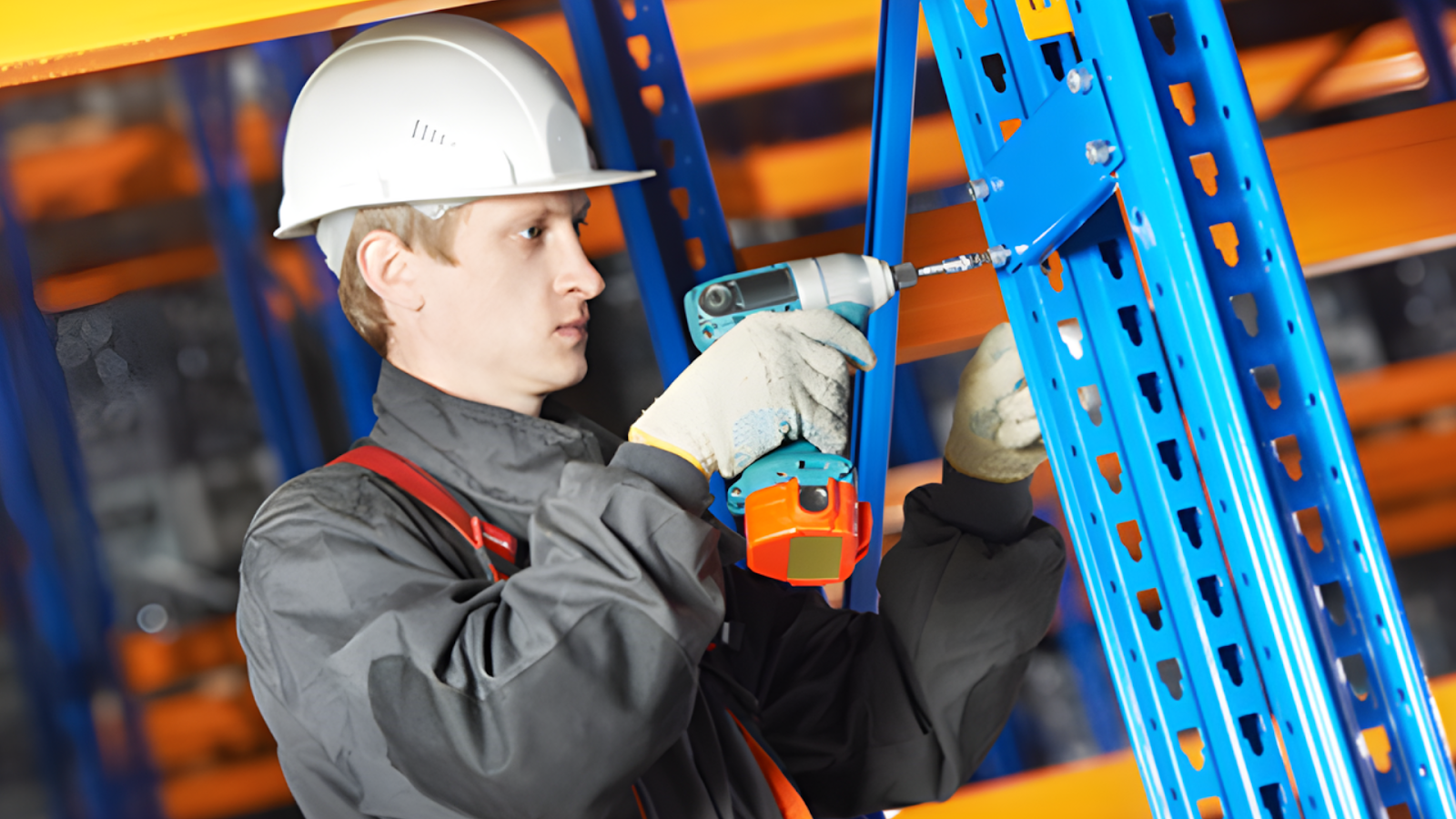
When you spot any form of rack damage, your first step is to immediately stop operations in the affected area.
Before proceeding with any repairs, make sure that all personnel are safely moved away from the area. Worker safety should always be the top priority. If there's any uncertainty about the severity of the damage, stop all movement in that area until an expert has evaluated the rack. It’s better to be safe than sorry.
By not taking immediate action, you allow minor damage to snowball into more dangerous structural failures, risking not just the rack but worker safety as well. Ignoring early signs of damage, like misalignment or small dents, can quickly turn into a catastrophic event that could result in significant injury or loss.
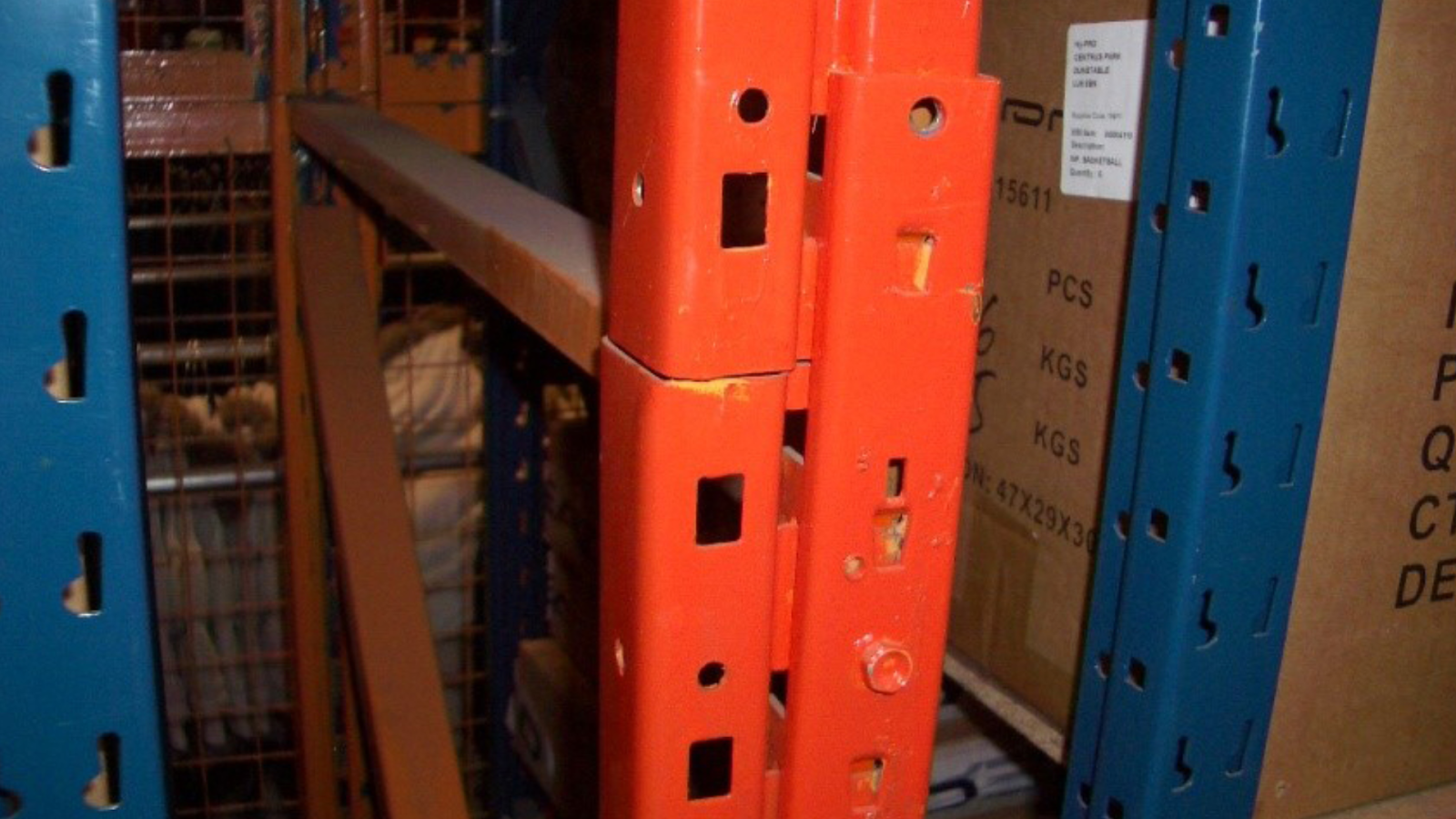
Once the area is secured, it's essential to understand the various types of damage that can occur to racks. These damages may seem small, but each one can compromise the safety and functionality of the entire system.
The beams supporting the pallets may sag, bend, or show signs of compromised locks. These issues often arise from overloading or impact. If beams appear bent, there’s a good chance they won’t hold weight safely.
One of the most dangerous types of damage is to the uprights (the vertical support columns). Bent uprights, sheared anchors, or damaged struts can severely reduce the strength of the entire system.
Bracing keeps the system stable and aligned. Damage here, whether from impacts or wear, can lead to misalignment and instability. Similarly, footplates are important for structural integrity. Henceforth, damage to these should never be ignored.
During regular inspections, look for misalignment, dent marks, or rust spots. Early signs like these may indicate structural weaknesses that could escalate if not addressed promptly. A simple visual check can save you from larger issues down the road.

A significant aspect of rack damage management is ensuring that all incidents are reported and documented. Here’s how to approach it:
Warehouse workers need to report any rack damage, regardless of its severity. Employees must be trained to spot damage early and communicate it to managers or supervisors immediately. This is a must in preventing further damage and ensuring the safety of the team.
Adopting proactive inspection schedules helps detect issues before they become critical. Inspections should be performed regularly, and it’s best to assign a trained expert to check the structural integrity of the racks thoroughly. Experts should not only perform visual checks but also assess the load-bearing capacity and structural alignment.
Incorporate stress and load tests in your inspections to ensure that racks are not just visually intact but are structurally capable of supporting the intended loads. This will help detect issues that visual inspections alone might miss, especially with older racks.
When damage occurs, the question of whether to repair or replace the damaged racking system is not always clear-cut. Here’s how to determine the best approach:
Repairing minor rack damage can save costs and time. If the issue is isolated, such as a bent beam or compromised lock, repairs allow you to keep the rest of the system intact. Here are a few scenarios when repair works best:
When damage is minimal, like a bent beam or compromised lock, repairing the affected component is typically more cost-effective than replacing the entire rack system. Fixing just one part prevents unnecessary expenses.
Repairs can usually be completed in just a few hours, allowing you to resume operations quickly. This is much faster than replacing the entire rack system, which can take several days and disrupt your warehouse workflow.
When damage is isolated to a specific component, such as a single beam or bracing, repairing it keeps the rest of the racking system intact. You address the issue without compromising the entire system's functionality.
For non-compliant issues, like minor damage to certain components, repairs can restore the rack’s compliance with safety standards. This may involve using reinforcements or repair kits to bring the system back into full operational condition.
Knowing when to replace a damaged racking system is important for safety and long-term cost efficiency. If damage is severe or parts are outdated, replacing the system can ensure safety and system integrity. Here are a few scenarios when replacement is the only option:
If damage affects the system’s structural integrity, like bent uprights or misaligned braces, replacing the system may be the safest option. These issues compromise stability and can’t be reliably repaired without major risk.
Older systems may have worn-out components that are difficult or impossible to repair. If parts are unavailable or require frequent fixes, replacing the system ensures modern, compliant equipment and reduces future repair costs.
If the racking system no longer complies with current safety standards like OSHA or ANSI MH16.1, replacement is necessary. Non-compliant racks pose safety risks and can lead to costly penalties and accidents.
Continual repairs to a system that’s regularly failing can quickly become more expensive than replacement. If repairs are frequent or extensive, investing in a new rack system can save money and improve long-term safety.
While repairs are often less expensive upfront, continually repairing an outdated system could result in higher long-term costs. The costs of frequent repairs and downtime could quickly surpass the cost of a full replacement, so make sure you weigh both safety and financial considerations carefully.
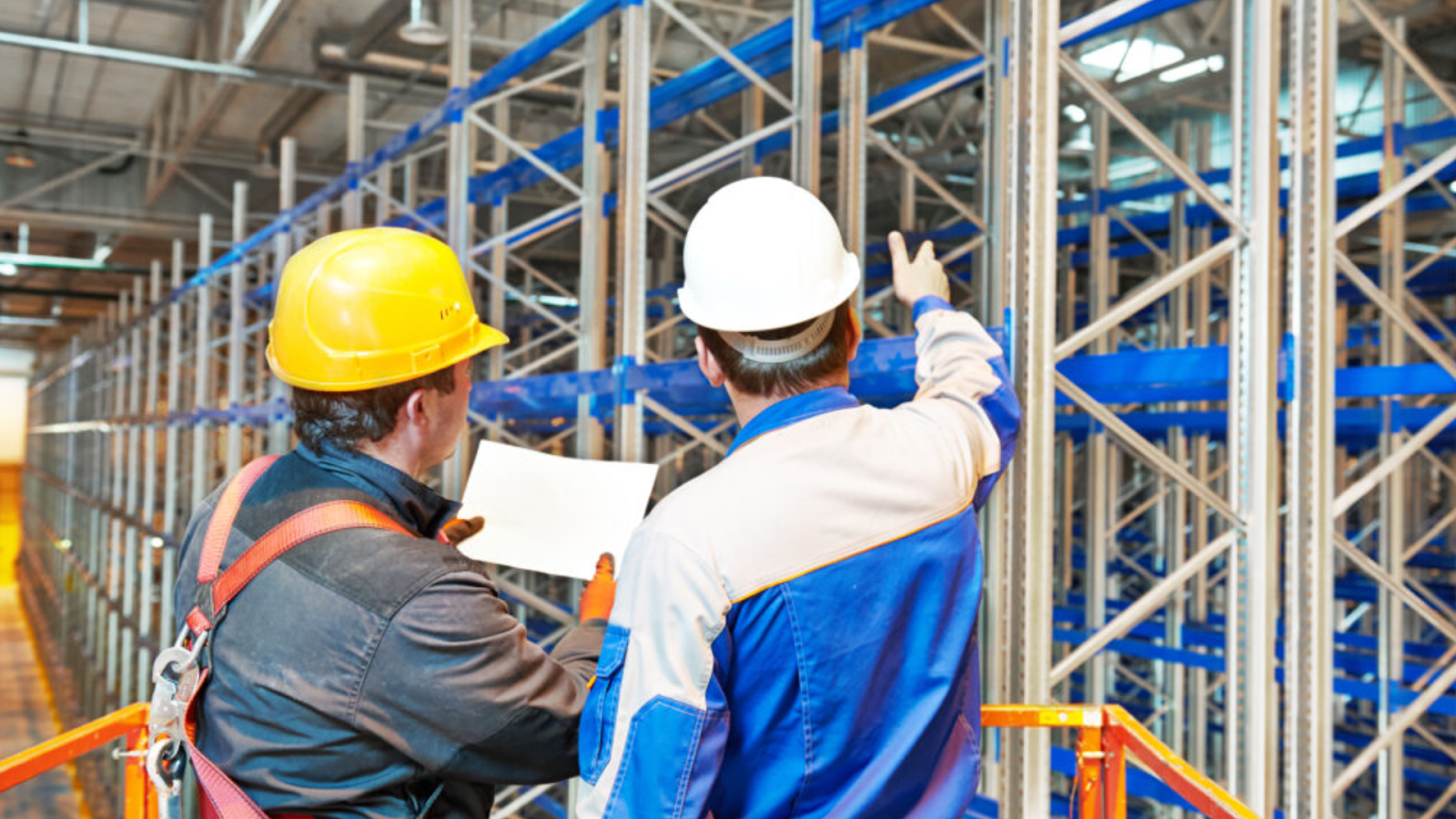
While reacting to damage is essential, preventing it before it happens can save you time, money, and ensure long-term safety in your warehouse. Below, we have mentioned a few tips to prevent the rack before it causes significant damage.
Implement a preventive maintenance plan to catch minor issues before they escalate. This includes regular checks, stress testing, and early component replacement before racks show visible signs of damage. This approach will help extend the life of your racking system and reduce emergency repairs.
To stay ahead, warehouses can use smart solutions that prevent rack damage before it happens and protect both inventory and workers. Here's how to approach it:
A comprehensive training program for warehouse employees ensures that everyone knows how to safely operate forklifts and avoid damaging racks. Training should also include how to spot minor damage early and report it before it turns into a larger issue.
Ensure your warehouse complies with OSHA guidelines and ANSI MH16.1 standards. Regular inspections, proper repairs, and safety procedures will help you meet regulatory requirements and avoid costly fines. Following these standards ensures that your racks stay safe for workers and minimize the risk of accidents.
Source Equipment has been a trusted name in warehouse solutions for over 30 years. We specialize in providing durable, high-quality racking systems, material handling equipment, and custom storage solutions for industries across the U.S.
Our extensive product range includes pallet racks, lift tables, modular partitions, and more, all backed by expert guidance and personalized support.
With partnerships from leading manufacturers like Husky Rack & Wire and Presto Lifts, we deliver reliable, efficient solutions tailored to your operational needs.
Rack damage is unavoidable in high-traffic environments, but how you handle it can make all the difference. Regular inspections, immediate action when damage occurs, and proactive maintenance are the cornerstones of an efficient warehouse that minimizes downtime and maximizes safety.
Source Equipment offers expert guidance and a wide range of durable, high-quality racking systems and components to meet your specific warehouse needs. Whether you're repairing minor damage or upgrading to a more efficient solution, our products ensure your racking system supports your inventory, space constraints, and operational goals.
Contact us today to discuss how our products and solutions can optimize your warehouse safety, efficiency, and long-term success.
A rack failure occurs when a structural component, such as beams, uprights, or bracing, becomes damaged or weakened. This may lead to a collapse or inability to safely support the load, risking safety and inventory.
A damaged racking component is a red risk when it compromises the structural integrity of the rack system, such as significant bent uprights or cracked beams. This may pose an immediate safety hazard to workers and inventory.
Pallet racks should be assessed for damage at least quarterly, and immediately after any significant impact or accident. Frequent inspections ensure early identification of damage and prevent potential safety risks or system failures.
Yes, all racking systems should be inspected regularly. Even if damage isn't immediately visible, ongoing inspections ensure safety, compliance with regulations, and the prevention of potential issues from minor wear or unnoticed damage.
Pallet racking typically has a life expectancy of 15-20 years, depending on maintenance, usage, and environmental factors. Proper inspections, maintenance, and repair can extend its lifespan and maintain safety and efficiency.


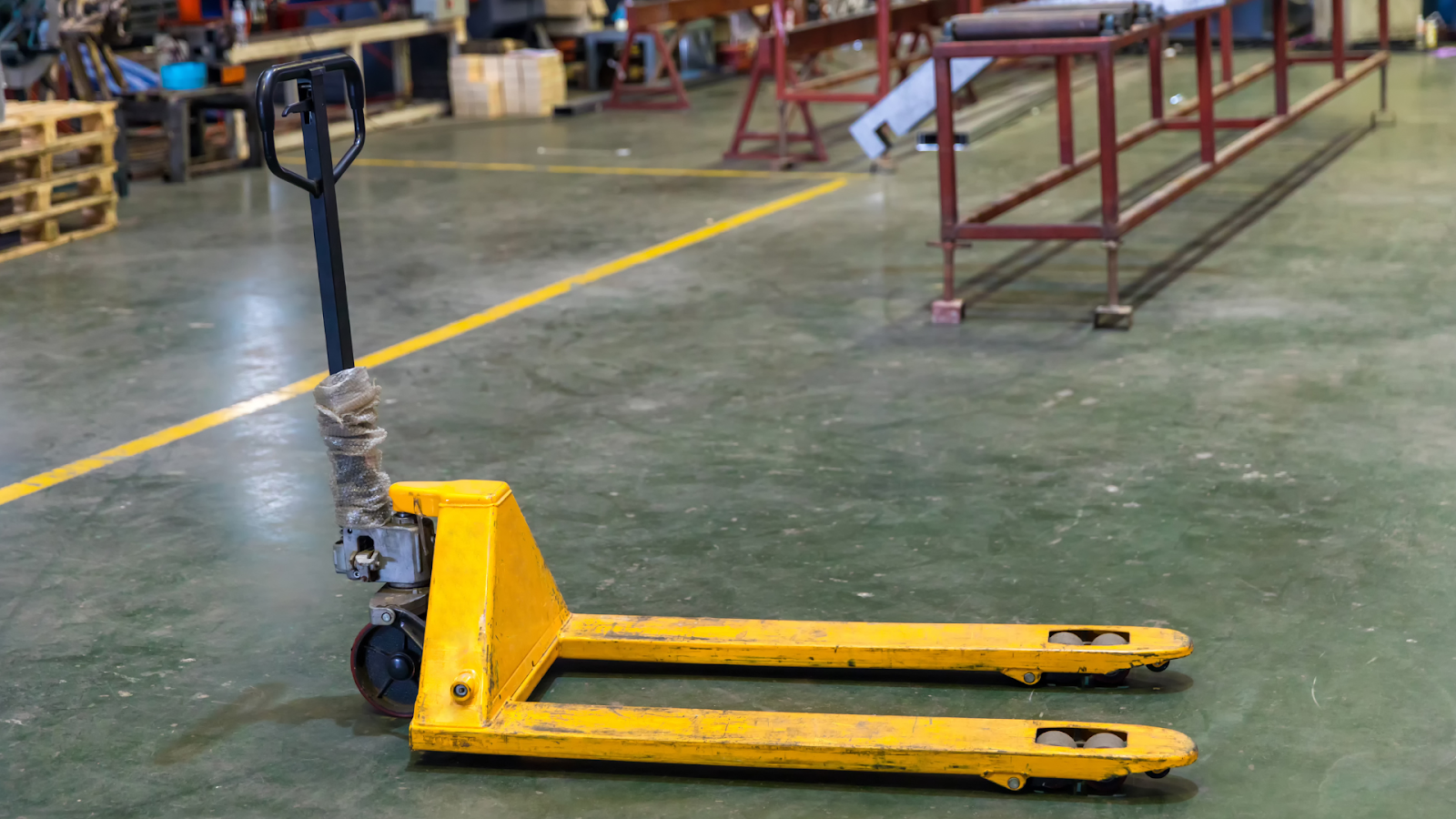
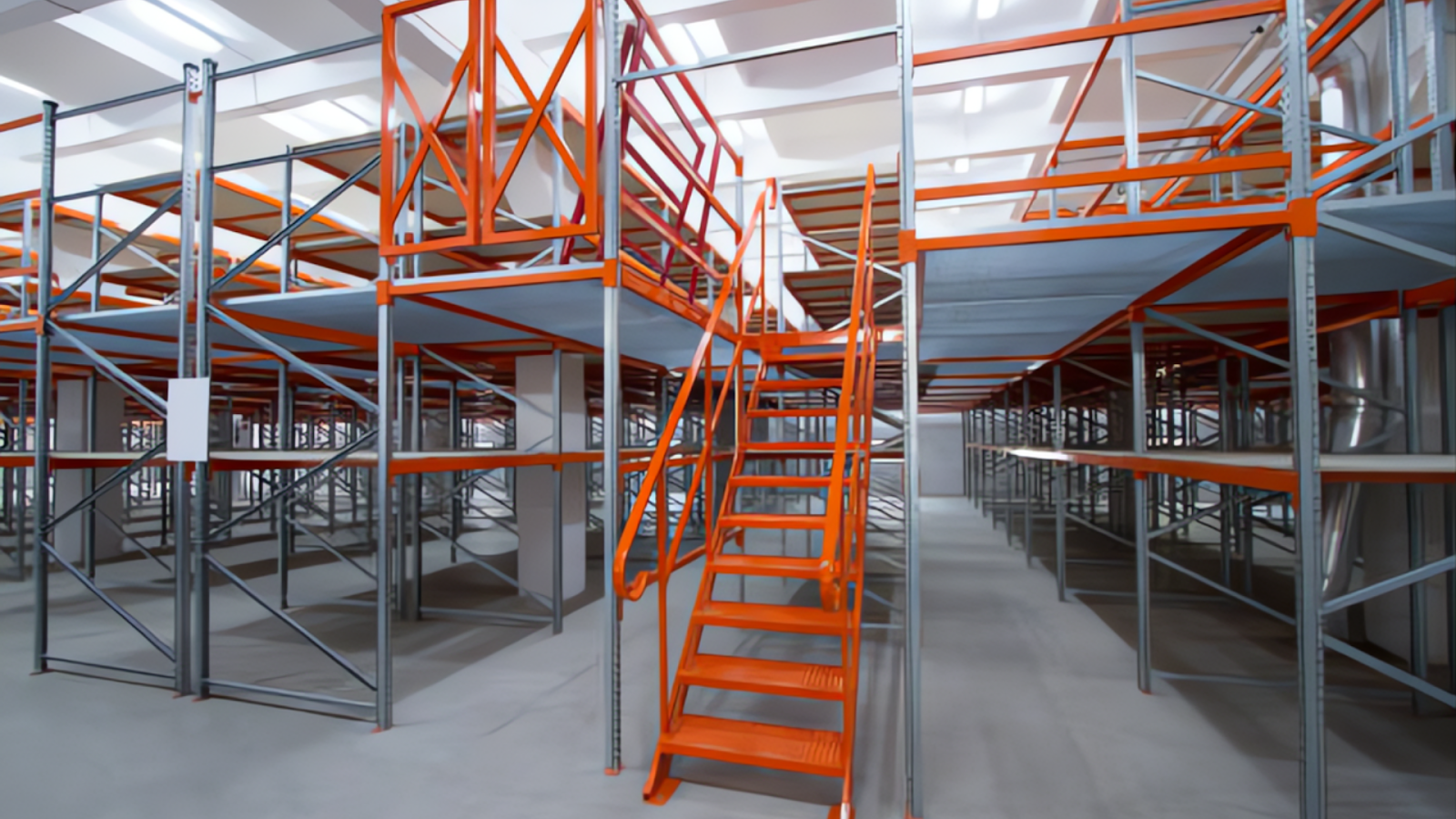
Ready to Upgrade Your Process Operations?